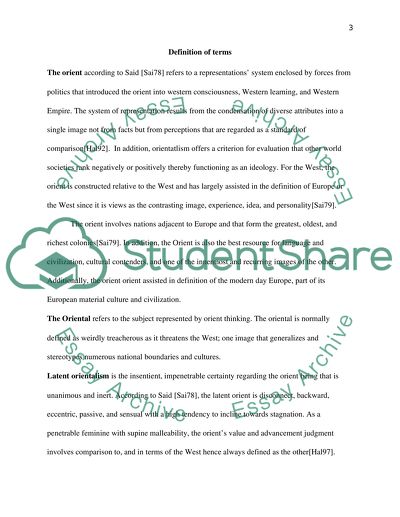Cite this document
(Introduction to Visual Cultures and Narrative Form Term Paper, n.d.)
Introduction to Visual Cultures and Narrative Form Term Paper. Retrieved from https://studentshare.org/visual-arts-film-studies/1651998-introduction-to-visual-cultures-and-narrative-form
Introduction to Visual Cultures and Narrative Form Term Paper. Retrieved from https://studentshare.org/visual-arts-film-studies/1651998-introduction-to-visual-cultures-and-narrative-form
(Introduction to Visual Cultures and Narrative Form Term Paper)
Introduction to Visual Cultures and Narrative Form Term Paper. https://studentshare.org/visual-arts-film-studies/1651998-introduction-to-visual-cultures-and-narrative-form.
Introduction to Visual Cultures and Narrative Form Term Paper. https://studentshare.org/visual-arts-film-studies/1651998-introduction-to-visual-cultures-and-narrative-form.
“Introduction to Visual Cultures and Narrative Form Term Paper”. https://studentshare.org/visual-arts-film-studies/1651998-introduction-to-visual-cultures-and-narrative-form.


